- Product
- Solution for
For Your Industry
- Plans & Pricing
- Company
- Resources
For Your Industry
Careful price management is crucial when launching a new product. By analyzing competitors’ price history, you can strategically position your product to outperform the competition. Competitive pricing is a key element in effective marketing and branding, providing valuable insights that can help you maximize profits while offering attractive prices to customers.
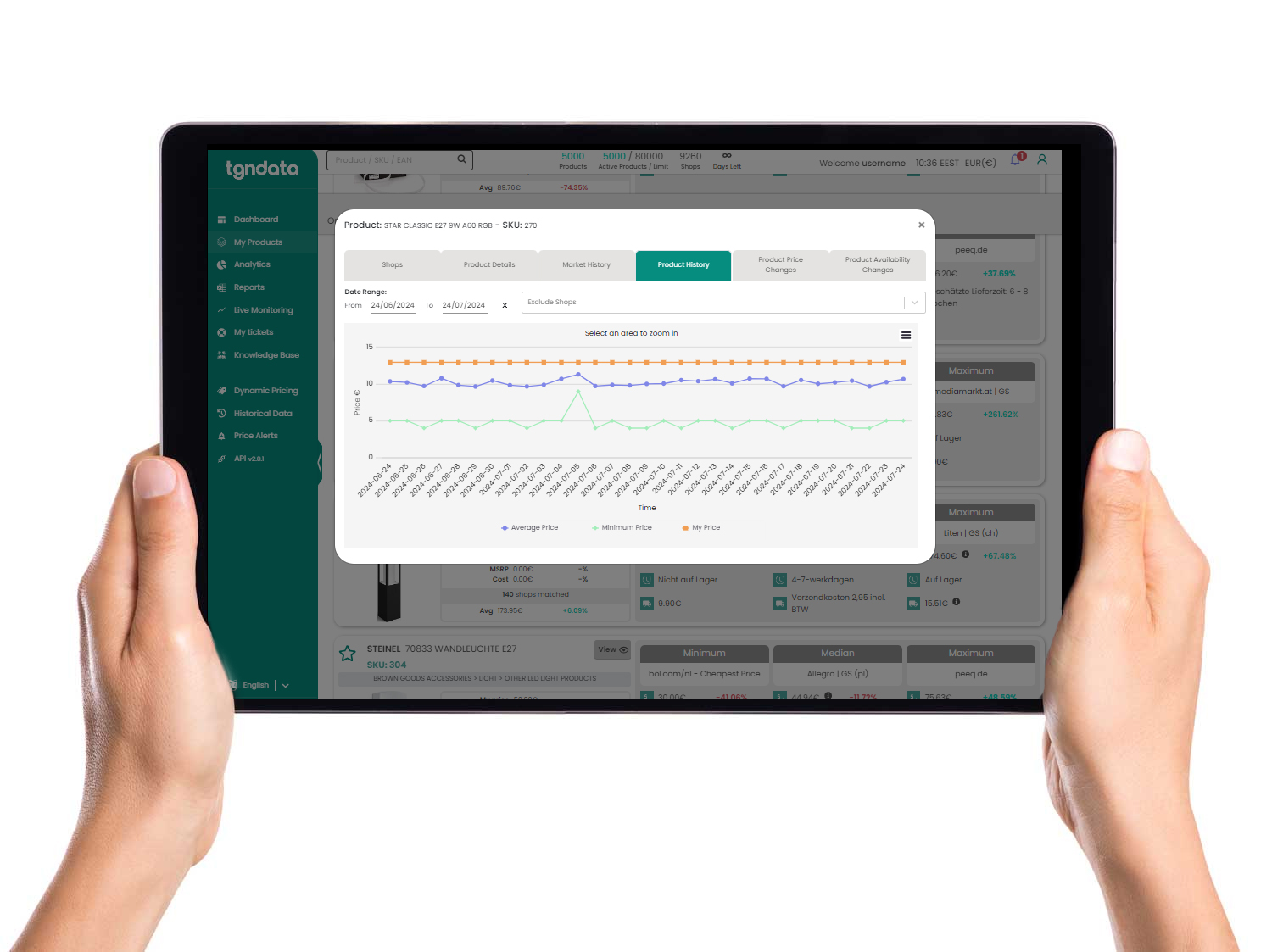
Price history refers to the record of pricing changes for a product over time. This data is invaluable for setting competitive prices. Customers often perceive value based on price, not necessarily linked to production costs. Therefore, studying your competitor’s pricing trends can help you gauge market reactions and refine your pricing strategy accordingly.
For instance, if you notice a competitor gradually raising prices over a year without a drop in sales, it indicates strong brand loyalty or unique product features. Conversely, frequent price drops might signal struggling sales or attempts to clear out old inventory.
Lower Prices: If your production costs allow, setting lower prices can attract more customers. Bulk manufacturing can reduce costs, enabling higher revenue through increased sales.
Example: A new smartphone brand might set its price lower than established competitors like Apple or Samsung. If the production cost is significantly lower due to bulk manufacturing or innovative cost-saving methods, the new brand can capture a sizable market share quickly.
Higher Prices: If your product offers superior features or benefits, pricing it higher than competitors can highlight its premium value.
Example: A skincare brand introducing a product with unique, clinically proven ingredients might set a higher price than competitors. Customers willing to pay more for perceived quality and effectiveness will be drawn to this premium offering.
Price Matching: Matching your competitor’s price while offering better quality or customer service can also be effective.
Example: A coffee shop might match Starbucks’ prices but offer a cozier atmosphere and exceptional customer service, attracting customers looking for a more personalized experience.
Understanding your competitor’s pricing stability and market demand can inform whether to enter the market with a specific product.
1: Identify Key Competitors and Market Position
Determine your product’s niche and existing analogs.
Identify main competitors and analyze their market presence.
Examine their product features, pricing changes over the past year, and profit stability.
2: Gather and Update Relevant Pricing Data
Use competitor price tracking and dynamic pricing software to keep your data current.
Regularly update and analyze this data to stay responsive to market changes.
E-commerce pricing is particularly sensitive to consumer behavior and market fluctuations. Digital tools enable thorough analysis of price history, enhancing your ability to adjust prices effectively.
Avoid Undervaluing: While competitive pricing is essential, ensure your prices reflect the value and avoid undervaluing your product.
Example: A new online electronics retailer should avoid setting prices too low, which might lead customers to perceive the products as low-quality.
Incorporate Sales Insights: Analyze competitors’ sales events and customer reactions to plan your own promotional strategies effectively.
Example: Observe how Amazon’s Prime Day influences competitor pricing and customer behavior, and plan your promotions to counteract or complement these effects.
Maximize Negotiations: Use detailed pricing history to negotiate better deals with suppliers and business partners, supporting your overall pricing strategy.
Example: Present data on competitor pricing trends to negotiate lower costs with your suppliers, allowing for more competitive pricing.
Competitors’ price history provides essential insights for setting effective pricing strategies, preventing costly mistakes, and optimizing market positioning. Leveraging this data with expert guidance and reliable software can enhance sales, reduce costs, and expand market reach.
By focusing on price history analysis, businesses can make informed decisions that boost competitiveness and profitability. Adopting these strategies ensures you stay ahead in the dynamic market landscape.
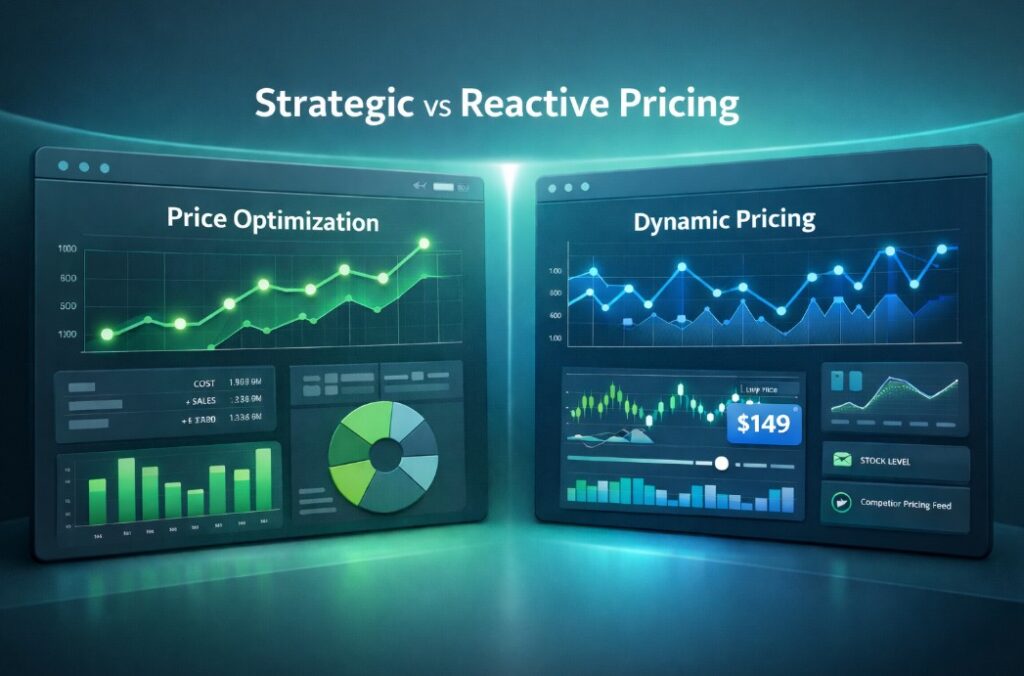
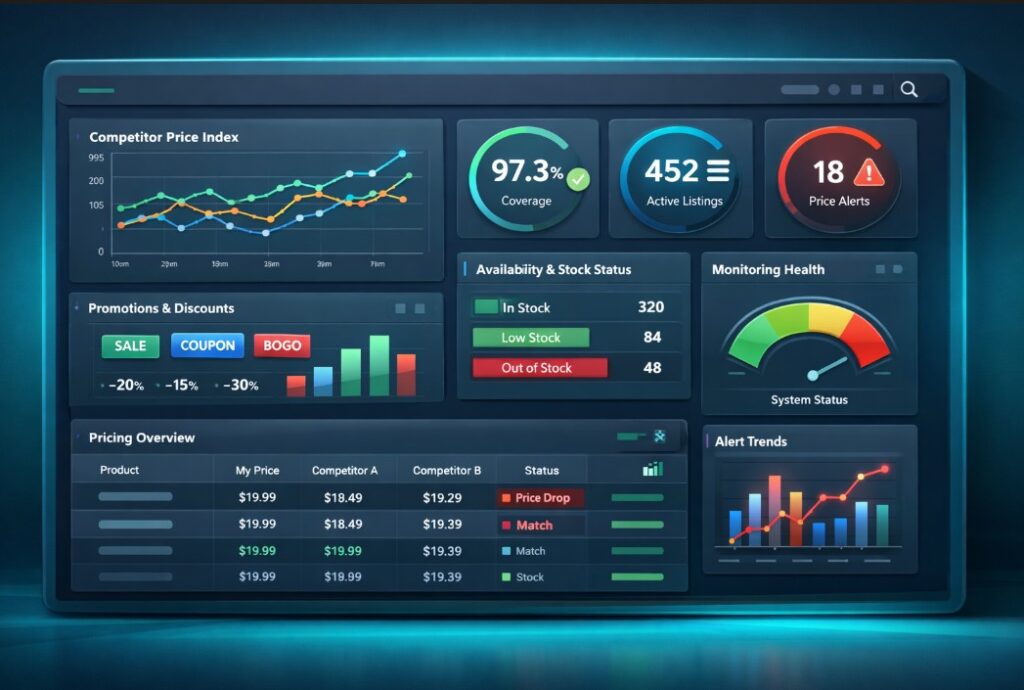
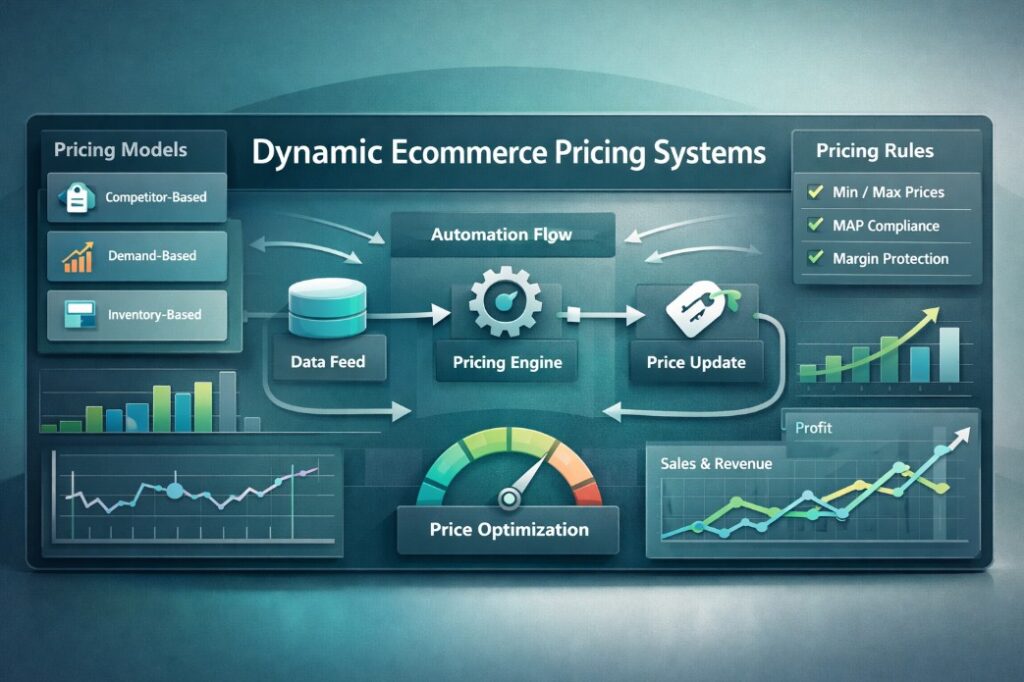
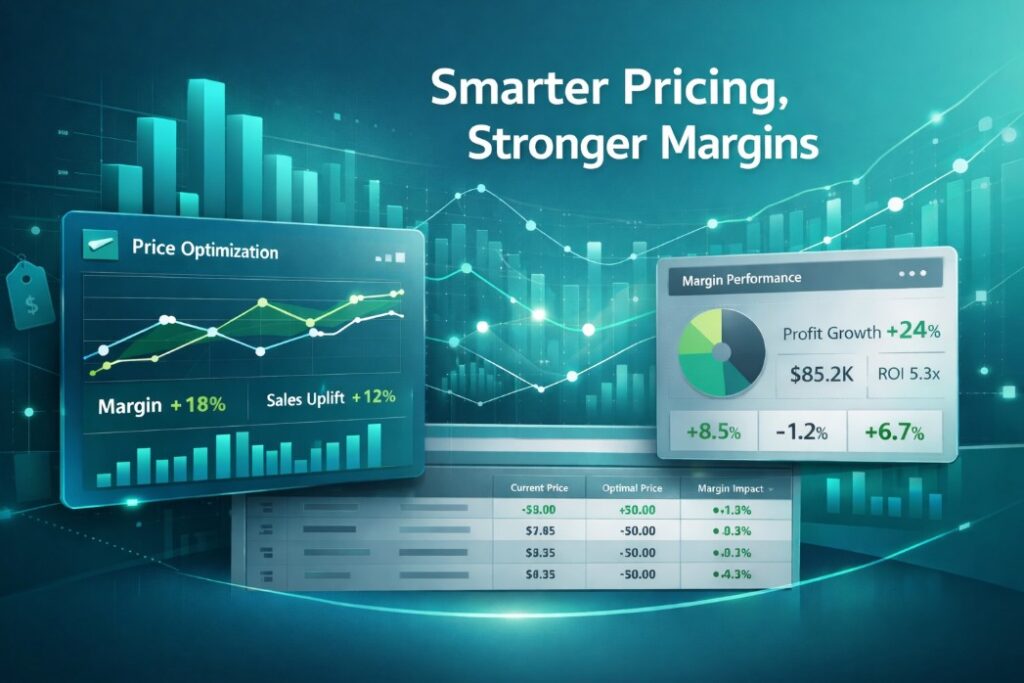
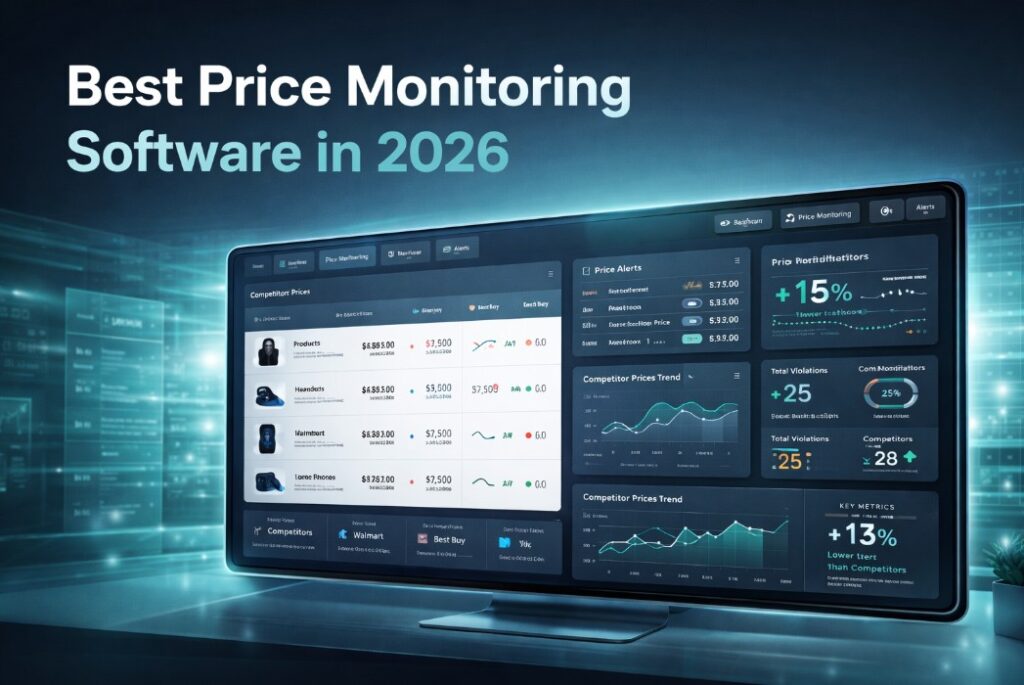
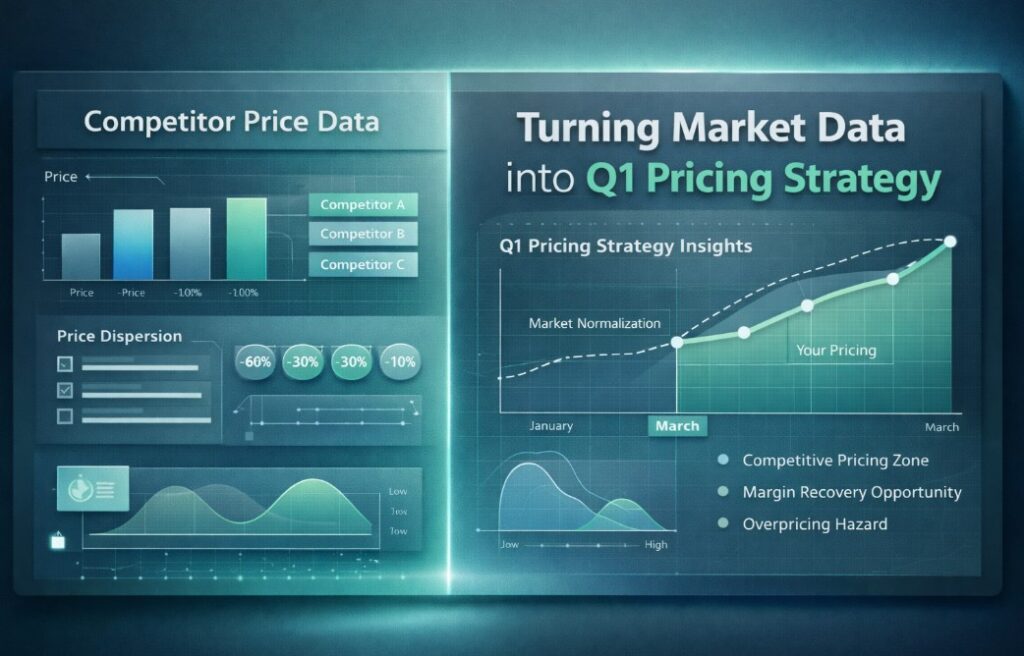
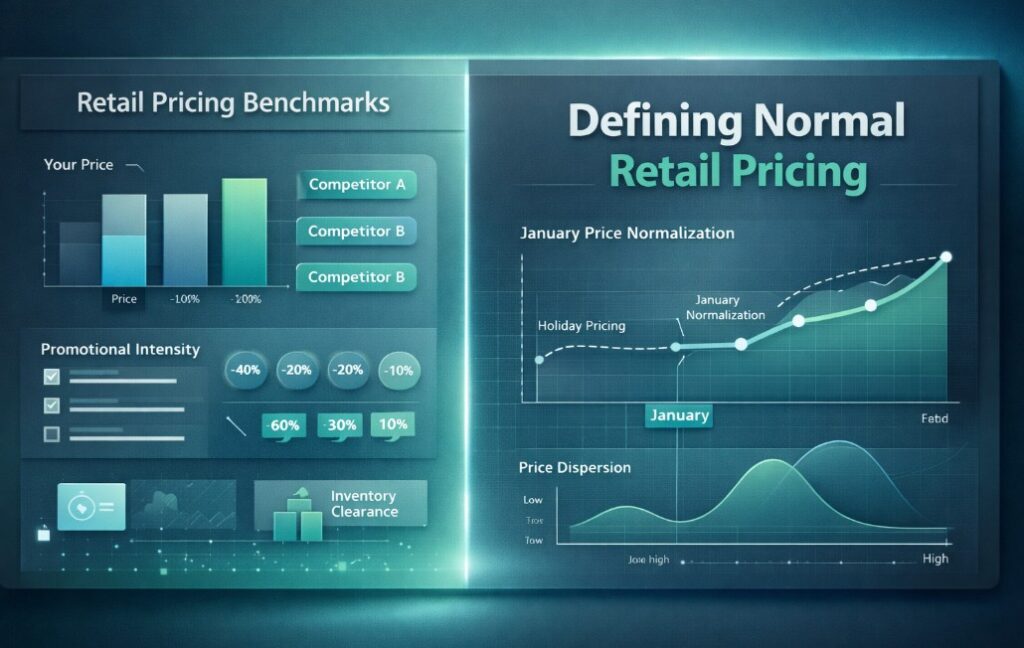






Missing an important marketplace?
Send us your request to add it!